Cable Wireless
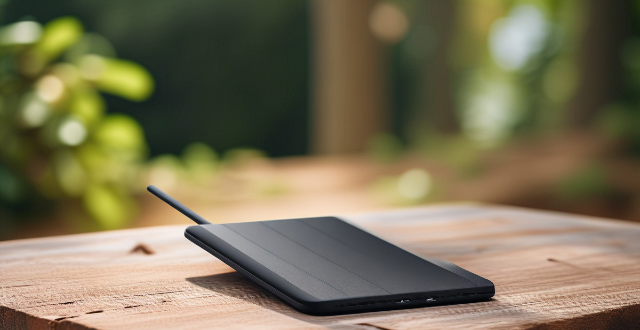
Can I use a wireless charging pad for fast charging my iPhone ?
Can you use a wireless charging pad for fast charging your iPhone? Yes, but there are important considerations. First, ensure your iPhone model supports wireless charging (iPhone 8 and later). Second, choose a Qi-certified wireless charging pad that supports fast charging. While wireless fast charging isn't as fast as wired fast charging, it's still faster than traditional wireless charging. Follow the steps outlined to enjoy the convenience of wireless charging with relatively fast charging speeds for your iPhone.

Is it better to use a wired or wireless connection for gaming consoles ?
When it comes to gaming consoles, the choice between a wired and wireless connection can significantly impact your gaming experience. Wired connections typically offer faster speeds, lower latency, and more stable connections but limit mobility and can create a cluttered setup. Wireless connections allow for increased mobility and a cleaner setup but may have slower speeds, higher latency, and potential interference from other devices. The choice between a wired and wireless connection depends on your specific needs and preferences, such as the type of games you play and the layout of your home.

How do wireless communication standards work ?
Wireless communication standards are essential for enabling seamless interactions between devices, and they operate within specific guidelines and protocols. These standards cover areas such as frequency bands, modulation techniques, multiple access methods, error handling, security measures, and compliance testing to ensure interoperability among various devices. Understanding these components is key to grasping how wireless technologies work together to create our interconnected world.
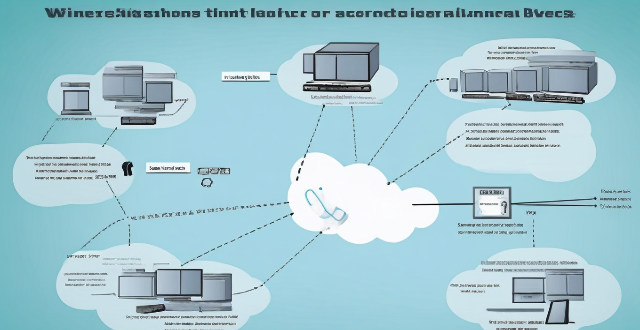
What strategies can be implemented to optimize wireless network connectivity ?
Optimizing wireless network connectivity is crucial for seamless internet access. Strategies include choosing the right location for the router, updating firmware and drivers, changing the wireless channel, using quality hardware, implementing Quality of Service (QoS) settings, securing the network, and reducing interference from other devices and appliances. These steps can improve wireless network performance and ensure efficient internet access.
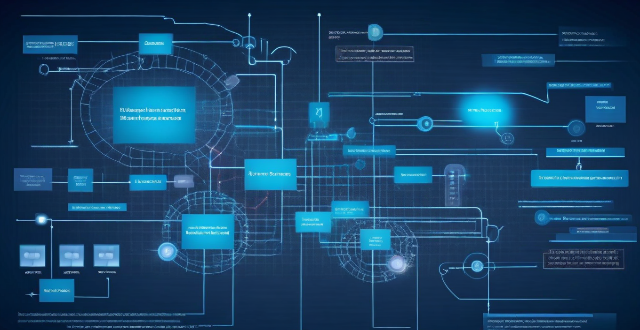
How do wireless communication standards impact internet speeds ?
This article discusses the impact of wireless communication standards on internet speeds, highlighting key factors such as frequency bands, modulation techniques, multiplexing techniques, error correction codes, and MIMO technology. It explains how these factors contribute to faster data transfer rates, increased network capacity, reliable connections, and improved internet speeds. The article emphasizes the importance of choosing the right wireless communication standard for optimal internet speeds.

Is it worth investing in a wireless car charger ?
The text discusses the pros and cons of wireless car chargers to help readers decide if they are worth investing in. The advantages include convenience, universal compatibility, and safety, while the disadvantages are limited charging speed, potential compatibility issues, and higher cost compared to wired chargers. The conclusion suggests considering factors like charging speed, compatibility, and cost before making a decision on whether a wireless car charger is a good investment for one's needs and preferences.

What are some examples of wireless communication protocols ?
This article provides an introduction to wireless communication protocols, which are sets of rules and standards that enable devices to communicate with each other without the use of physical cables. It discusses several examples of wireless communication protocols, including Bluetooth, Wi-Fi, Zigbee, and LoRaWAN. Each protocol has its own unique features and benefits, making them suitable for different applications. For example, Bluetooth is commonly used for connecting devices such as smartphones, headphones, keyboards, and mice, while Wi-Fi is used for connecting devices to the internet or other networks. Zigbee is commonly used in home automation systems, and LoRaWAN is commonly used in IoT applications. By understanding these protocols, developers can create innovative solutions that improve our daily lives.

Are wireless home security systems more effective than wired ones ?
The text discusses the advantages and disadvantages of wireless and wired home security systems. Wireless systems are easy to install, flexible, have no monthly fees, and offer remote access but require periodic battery replacement and may experience signal interference and limited range. Wired systems are reliable, not susceptible to signal interference, have a longer lifespan, and are suitable for larger homes but can be difficult to install, cause damage to walls, lack flexibility, and may come with monthly fees.
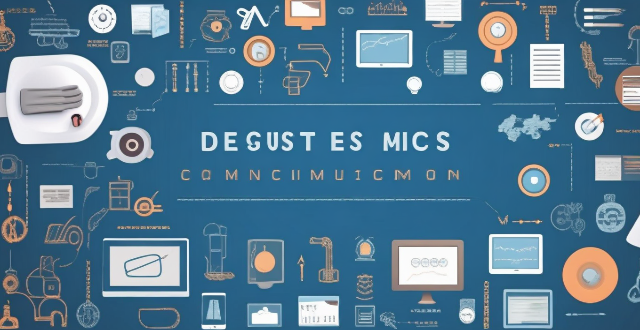
What are the benefits of using a wireless communication standard in business ?
The text discusses the benefits of using a wireless communication standard in business. Wireless technology offers increased flexibility and mobility, allowing employees to work remotely and collaborate more freely within the workplace. It also leads to improved efficiency by enabling faster deployment and scalability of networks. Cost savings are another advantage, as businesses can reduce infrastructure and maintenance expenses. Enhanced collaboration and communication are facilitated by instant connectivity between devices. Additionally, customer experience is improved through public Wi-Fi services and mobile point-of-sale systems. Finally, adopting wireless standards future-proofs businesses by supporting emerging technologies and ensuring adaptability to changing needs. Overall, wireless communication standards are crucial for modernizing business operations and staying competitive in an interconnected world.
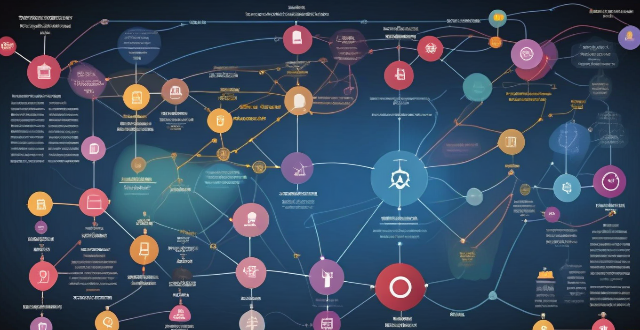
What is the role of frequency bands in wireless communication standards ?
In wireless communication, frequency bands dictate signal propagation, spectrum allocation, and interference management. These bands are critical for establishing reliable connections in technologies like Wi-Fi, Bluetooth, cellular networks, and satellite communications. The choice of band influences the range, data rate, and potential interference of a wireless system. Spectrum scarcity and regulatory compliance present challenges that drive innovations in spectrum sharing and cognitive radio technologies. Overall, the role of frequency bands is crucial for efficient and effective wireless communication standards.

What are the pros and cons of wireless vs wired burglar alarm systems ?
This text compares the pros and cons of wireless and wired burglar alarm systems. Wireless systems are easier to install, portable, and expandable, but rely on batteries which need to be replaced regularly and can experience interference from other electronic devices. Wired systems are more reliable, do not experience interference, and have a longer range, but require professional installation, are not portable, and are less flexible when it comes to expanding or changing the layout of the system.

What factors should I consider when choosing a wireless access point for my office ?
When selecting a wireless access point (WAP) for your office, consider the size of your office and the number of devices that will be connected to the network. Look for models with high transmit power and sensitivity ratings. Determine how much bandwidth you'll need based on the number of users and devices in your office. Consider a WAP with support for higher data rates if you have a lot of devices or require fast speeds. Security is crucial when it comes to wireless networks, so look for WAPs that support WPA2 or WPA3 encryption standards. Choose a WAP that is easy to manage and configure, and make sure it is compatible with your existing network infrastructure. Consider whether you may need to expand your network in the future and choose a WAP that can accommodate additional devices or users without sacrificing performance. Finally, consider your budget when choosing a WAP.
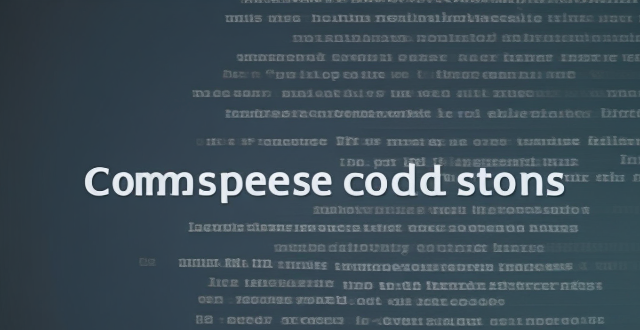
What is the difference between fiber optic and cable broadband connections ?
The text compares and contrasts two types of internet connections: Fiber Optic and Cable Broadband. It discusses their differences in terms of speed, reliability, availability, cost, and installation. The conclusion suggests that the choice between the two depends on the user's needs and budget.

Is there a significant difference in fast charging performance between different iPhone models ?
The article discusses the differences in fast charging capabilities between various iPhone models. It mentions that iPhone 8 and later models support fast charging up to 18W using a compatible USB-C power adapter and Lightning to USB-C cable. The iPhone 11 Pro and iPhone 11 Pro Max can charge up to 18W with their included USB-C to Lightning Cable and Power Adapter. The iPhone 12 series introduces MagSafe wireless charging with up to 15W of power, while the iPhone 13 series maintains 18W wired charging and improves MagSafe wireless charging to up to 15W. The article also mentions that the iPhone 14 series is expected to support even faster charging speeds, potentially reaching 30W or higher. Overall, the article highlights the improvements in fast charging capabilities across different iPhone models.

How do I charge my Apple Watch without a charger ?
This text provides a step-by-step guide on how to charge an Apple Watch without its designated charger. It suggests several alternative methods including the use of a portable power bank, a computer or laptop, a car charger, and a wireless charging pad for later models of the Apple Watch. Despite these options, it is recommended to use the dedicated Apple Watch charger for optimal speed and convenience.
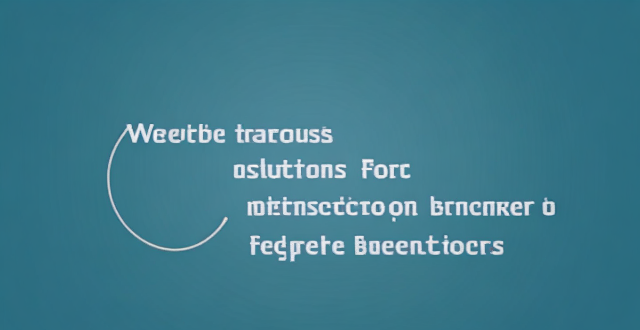
What are the best fast charging solutions for iPhones ?
The article discusses various fast charging solutions for iPhones, including Apple's official 18W USB-C Power Adapter and MagSafe Charger, as well as third-party options like Anker Nano II, Belkin Boost Charge Pro, and RAVPower 18W PD Pioneer. Tips for faster charging include using a USB-C to Lightning cable, avoiding wireless charging, turning off the iPhone or reducing screen brightness during charging, and choosing reliable and certified products to avoid damage or safety issues.

How can I enable fast charging on my iPhone ?
Fast charging is a feature that allows your device to charge more quickly than traditional methods. If you have an iPhone 8 or later model, you can take advantage of fast charging by using a compatible charger and cable. Here's how to enable fast charging on your iPhone: Check compatibility, get the right charger and cable, plug in your iPhone, start charging, and enjoy faster charging times.
